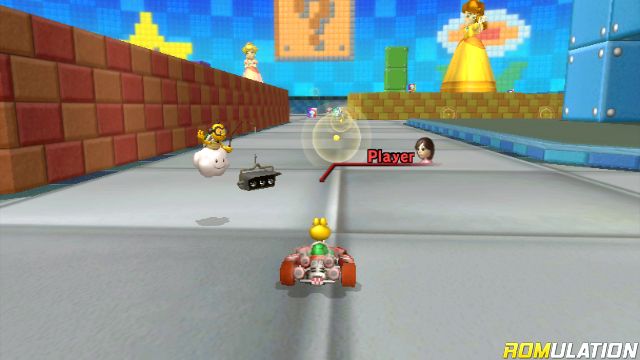

The Player's Choice label was renamed Nintendo Selects on May 15, 2011. In April 2006, the "Player's Choice" was applied to Game Boy Advance games, which sell for $19.99 in the United States. Later in the year, when 6 new titles were added, Nintendo split the pricing for different sets of GameCube games, so that some titles would enter in or stay at US$29.99 while others would be reduced immediately to US$19.99. Melee, Pikmin, and Luigi's Mansion, and they each retailed for US$29.99.

However, the sales barrier for games was decreased from 1 million, to only 250,000. The Player's Choice line was introduced for GameCube titles in January 2003. All boxes were overhauled in red except Disney games, which received blue boxes. European SNES releases were labeled differently in various markets (such as "Mario Classics in Spain and Super Classic Series in UK, Netherlands and France). Super NES games had the "Super Nintendo Entertainment System" wordmark written in gold (instead of the usual red) on the box, along with a "Player's Choice" seal. PAL region Player's Choice games have boxes that are colored silver or platinum with Player's Choice markings on the right hand side of a Nintendo 64 box or on the top of a GameCube box. On the GameCube and Game Boy Advance, games are marked in a yellow box on the top of the case. Īmerican NTSC "Player's Choice" games can be identified on the Nintendo 64 by the yellow background of the N64 logo in the upper right corner of the game box. Nintendo's "Player's Choice" range concept is similar to the " Greatest Hits" line (known as the Platinum range in PAL regions) on Sony consoles, the " Platinum Hits" (Xbox Classics in Europe) line on the Xbox, and the " Sega All Stars" line on the Dreamcast. As of 2014, recommended retail prices are £19.99 in the United Kingdom, US$19.99 in the United States, CDN$19.99 in Canada, A$49.95 in Australia and €29.99 throughout the Eurozone. In North America and Europe, Nintendo introduced the label on May 20, 1996, as "Player's Choice" both for the Super Nintendo Entertainment System and for the Game Boy to distinguish titles that had sold over one million copies. 2.5 Super Nintendo Entertainment System.


 0 kommentar(er)
0 kommentar(er)
